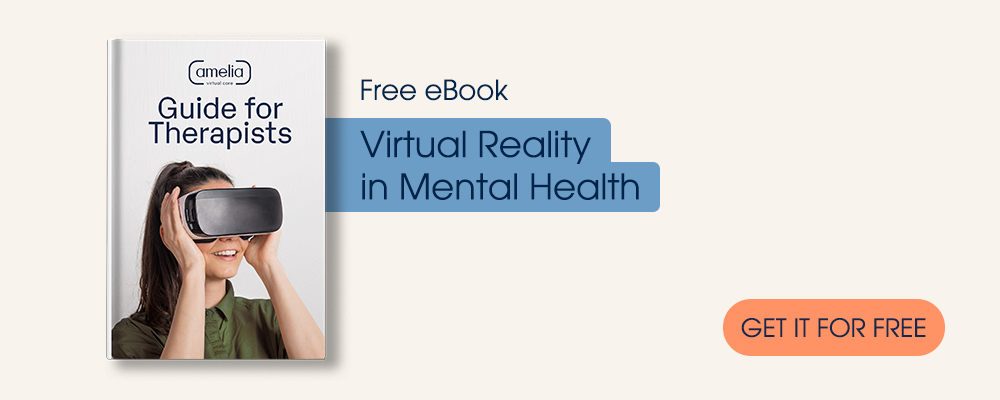Wearable technology is on the rise. From smartwatches to ECG monitors, devices of this nature can record health data and influence care and daily habits. In today’s post, we take a closer look at what it comprises and how it’s already changing the healthcare landscape.
In pre-pandemic times, notions of telemedicine and connected health via digital technologies seemed like orbiting planets in distant galaxies.
However, the COVID-19 pandemic shifted the paradigm. Healthcare providers could now consider the possible widespread integration of digital tools to enhance patient care while minimizing the risk of COVID-19 transmission.
The use of wearable health technology is just one example.
Wearable tech can record vital signs over a specific period to facilitate monitoring and provide possible health recommendations. In some cases, it can even alert health professionals of sudden (and possibly life-threatening) changes in a patient’s clinical status. For those who are younger, i.e., children, wearable technology can even encourage healthy daily habits and promote better sleep.
The future of wearable technology is, indeed, promising.
That’s why, for today’s post, we will take an in-depth look at features and real-life examples of such digital devices. As you’ll see soon enough, this technology is here to stay and will only continue growing in popularity.
What is wearable technology in healthcare?
In simple terms, wearable technology encompasses all wearable electronic devices that collect data related to a user’s health and exercise. For instance, smartwatches like those of Apple can monitor resting heart rate and even oxygen saturation.
As mentioned earlier, wearable technology can even relay real-time health information to a healthcare professional. The gathering of such data over a certain period could influence medical recommendations or treatments.
Leading examples of wearable technology include (but not limited to):
- Wearable fitness trackers, e.g., FitBit
- Smart health watches, e.g., Apple Watch Series 6
- Wearable electrocardiogram (ECG) monitors, e.g. QardioCore
How does wearable technology affect healthcare?
Wearable technology boasts the potential to impact healthcare in two primary ways.
First, medical-grade wearable technology with clinical applications can support connected health strategies to enhance patient experience and clinical outcomes. For example, renowned Dutch multinational Philips has designed a wearable biosensor that automatically and continuously records vital signs, body posture and step counts. In combination with its IntelliVue Guardian Solution, the biosensor can send notifications to clinicians in cases of immediate patient deterioration or possible falls. These specific features are significant when considering aspects such as:
- Workflow efficiency
- Visibility in care support
- Comfort and convenience
- Adverse events
Early intervention by health professionals may contribute to a lower likelihood of worse clinical outcomes that often translate into more extended hospital stays, possible readmissions, increased risk of nosocomial infections and higher hospital expenditures. Similarly, considering a patient-centered perspective, patients can enjoy more mobility within health settings without worrying about care. This sense of security felt by the patient may support overall satisfaction during hospitalization.
Secondly, wearable technology may help investigators conduct large-scale health studies at an optimal pace and lower costs than usual. For example, American multinational Apple has reached a collaboration agreement with the American Heart Association and Brigham and Women’s Hospital to examine associations between physical activity and heart health. The Apple Watch and iPhone support the Research app, allowing volunteer participants to send health data (heart signals, level of motion and activity, and sound exposure levels throughout the day) for studying. Through such synergies, companies, investigators and clinicians could design and implement interventions and products that lead to longer and healthier lives.
In a 2019 Pew Research Center survey study, approximately 1 in every 5 Americans reported using smartwatches or fitness trackers.
Does wearable technology improve health?
Yes. Wearable technology may improve health among people living with or without certain conditions.
GoogleFit, for instance, features a primary metric called Heart Points. The program awards you one point for each minute of moderately intense activity and two points for higher, energy-consuming activities such as running in a gamification-type set-up. This product characteristic aims to help users reach 150 points, falling in alignment with the recommended average number of minutes of cardio activity per week to lower the risk of cardiovascular disease.
Another example is Fitbit’s latest release of Luxe and a Stress Management Score (SMS). The score helps gauge the body’s capacity to handle stress based on activity levels, sleep and heart rate. For those who suffer from higher stress levels, Fitbit’s premium support programs like Deepak Chopra’s Mindful Method can offer relief and invite users to integrate mindful awareness into real-life situations.
Finally, considering a more clinical context, wearable technology like virtual reality (VR) headsets have shown great promise in revolutionizing care approaches. A study by Newbutt et al. entitled “The Acceptance, Challenges, and Future Applications of Wearable Technology and Virtual Reality to Support People with Autism Spectrum Disorders” showed that participants with such disorders reported high spatial presence and engagement in VR settings while practicing social cues. Also, both intra- and intercontext flexibility within a virtual environment training package could support therapists in developing cognitive flexibility in many people living with autism.
So, as made evident, wearable technology will not go anywhere any time soon. Its further integration into health services and daily routines will usher in a new wave of care and, along with it, efficiency and improved satisfaction.
Are you interested in learning more about virtual reality wearable technology like Amelia Virtual Care? We’d love to organize a demo session with you to explore the many possibilities and virtual environments for your patients.
Other articles that might interest you:
- The Outlook on Antidepressants in Pre- and Mid- COVID-19 Contexts
- What drug-free alternatives are available to fight depression?
- What’s the difference between stress and anxiety?












